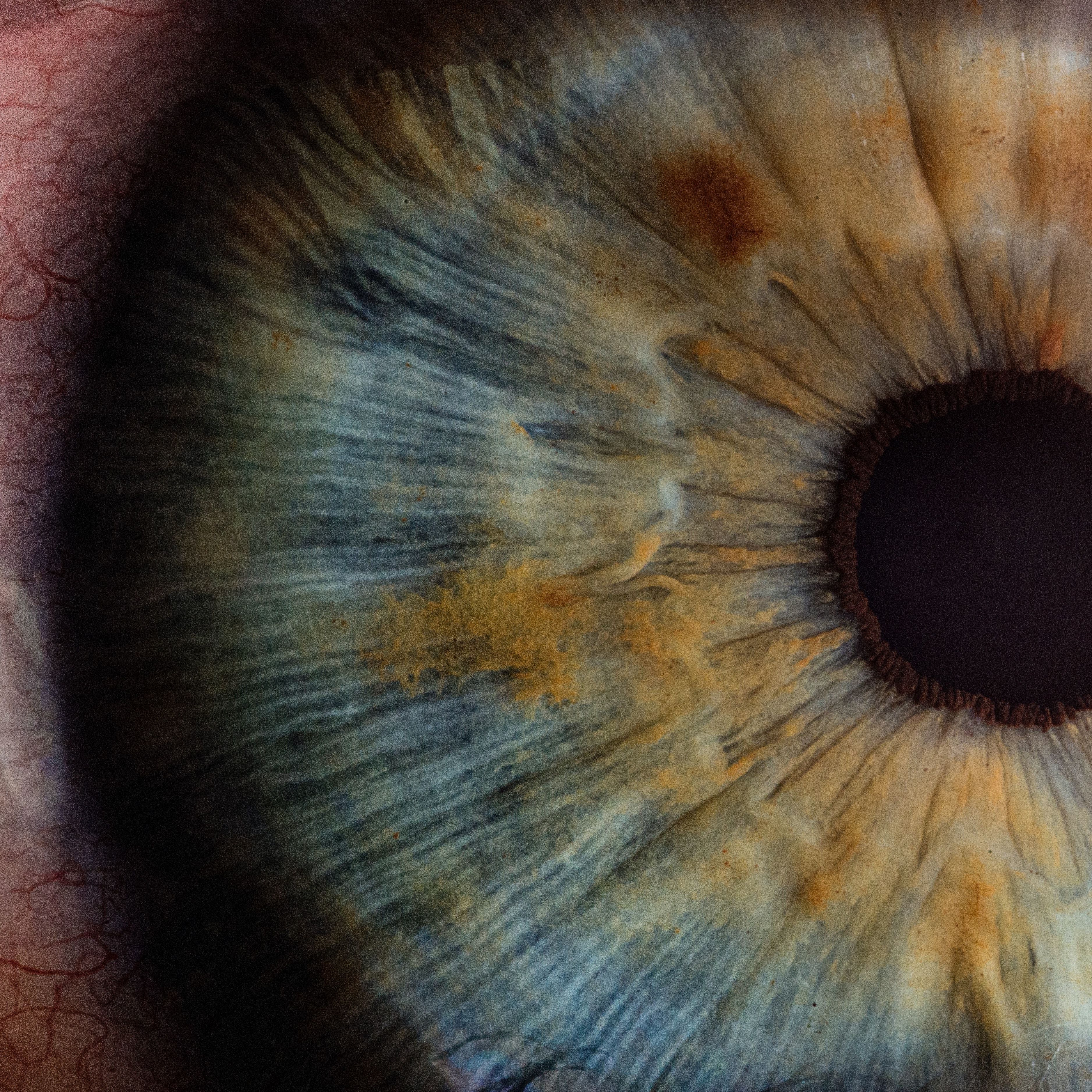A Bevacizumab-First Treatment Approach for DME May Be Cost-Effective
Two-year data suggest the average cost of aflibercept monotherapy was approximately $26, 500 compared with approximately $14, 000 for the bevacizumab-first group in eyes with center-involved DME.

A cost-effectiveness analysis indicates that treatment with bevacizumab first and switching to aflibercept after suboptimal response may provide substantial savings without losing visual acuity gains in eyes with center-involved diabetic macular edema (DME).1
Results indicate that health-related quality-of-life gains that favored aflibercept monotherapy were small and not statistically significant, as 2-year data show the average cost of aflibercept monotherapy was approximately $26,500 compared with approximately $14 000 for the bevacizumab-first group.
“At 2022 prices and conservatively assuming that each patient requires unilateral rather than bilateral treatment, for every 10 000 new patients starting therapy for DME, we estimate a cost savings of more than $125 million with a bevacizumab-first vs aflibercept monotherapy treatment strategy,” wrote corresponding author Adam R. Glassman, MS, Jaeb Center for Health Research.1
Intravitreal anti-vascular endothelial growth factor (anti-VEGF) injections are a standard treatment for eyes with vision loss from DME, with the most widely used agents being aflibercept, ranibizumab, and bevacizumab. Results from the DRCR Retina Network Protocol AC have suggested that in eyes with center-involved DME, there is no clinically meaningful difference in visual acuity outcomes over 2 years between aflibercept monotherapy vs. bevacizumab first.2
But, due to the estimated costs of these treatments, Glassman and colleagues note the importance of evaluating the relative cost-effectiveness of different management strategies for treating DME. Participants with center-involved DME and best-corrected visual acuity of 20/50 to 20/320 were enrolled in the DRCR Retina Network Protocol AC between December 2017 and November 2019
Study eyes were randomly assigned with equal probability to 2.0-mg aflibercept monotherapy or 1.25-mg bevacizumab, with a switch to aflibercept following a suboptimal response. Participants were followed up with every 4 weeks in year 1 and every 4 to 16 weeks in year 2. The study defined a suboptimal response as persistent center-involved DME for an eye that received bevacizumab at the prior 2 study visits, without improvement of visual acuity by at least 5 letters and without a decrease in central subfield thickness of at least 10%.
The costs for resource utilization during the trial included costs for the clinic visit, OCT, injection, and anti-VEGF agent. Evaluations of costs and health outcomes were noted to be from a health system perspective. Investigators calculated the incremental cost-effectiveness ratio (ICER) by dividing the incremental costs of the 2 treatments by the incremental quality-adjusted life-years (QALYs) gained.
A total of 228 participants with 1 study eye were randomly assigned to aflibercept monotherapy (n = 116) or bevacizumab first (n = 112). During the two-year follow-up, 70 eyes (62.5%) in the bevacizumab-first group received aflibercept.
Upon analysis, it was shown that the bevacizumab-first group had fewer aflibercept injections despite having more total injections over the 2-year period than the aflibercept monotherapy group (mean, 14.7 vs. 13.0; P = .01). After accounting for the types of anti-VEGF treatments and number of visits, the aflibercept monotherapy group cost per participant over 2 years was found to be $26,504 (95% confidence interval [CI], $24,796 - $28,212) compared with the bevacizumab-first group costs of $13,929 (95% CI, $11,984 - $15,874).
Overall, investigators noted a savings in the bevacizumab-first group of $12,575. With the higher cost but 0.015 (95% CI, –0.011 to 0.041) increase in QALY’s in the aflibercept monotherapy group, the ICER was indicated to be $837,077 per QALY gained compared with the bevacizumab-first group.
The study suggests that the cost per dose of aflibercept would have to drop to $305 for aflibercept to have an ICER of $100,000 per QALY. Or, if bevacizumab costs increased to $1307, the aflibercept ICER would be $100,000 per QALY.
“Variability in individual needs will influence clinician and patient decisions about how to treat specific eyes with center- involved DME,” Glassman wrote.1
References
1. Hutton DW, Glassman AR, Liu D, Sun JK, DRCR Retina Network. Cost-effectiveness of Aflibercept Monotherapy vs Bevacizumab First Followed by Aflibercept If Needed for Diabetic Macular Edema. JAMA Ophthalmol. Published online February 02, 2023. doi:10.1001/jamaophthalmol.2022.6142
2. Jhaveri CD, Glassman AR, Ferris FL III, et al; DRCR Retina Network. Aflibercept monotherapy or bevacizumab first for diabetic macular edema. N Engl J Med. 2022;387(8):692-703. doi:10.1056/NEJMoa2204225